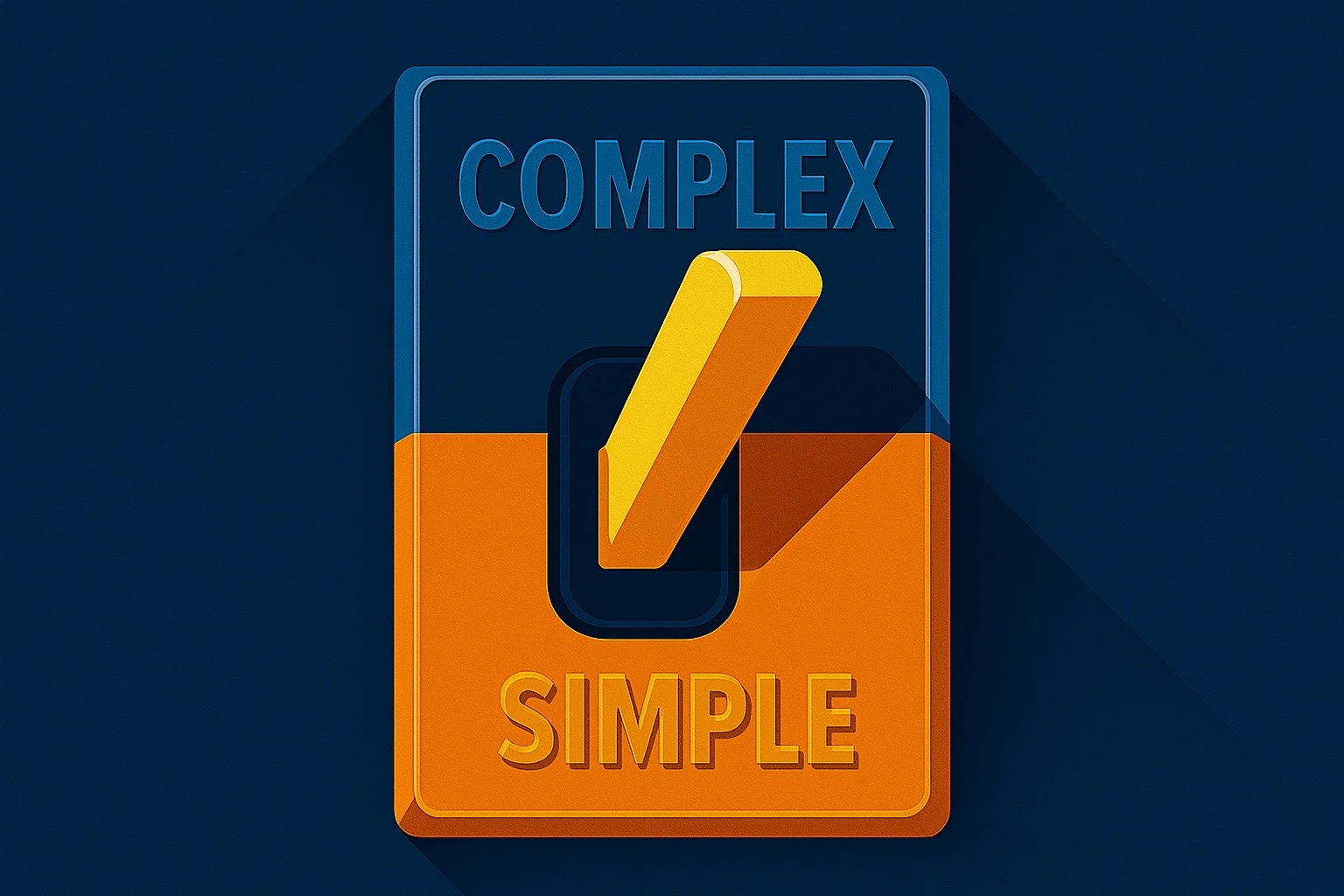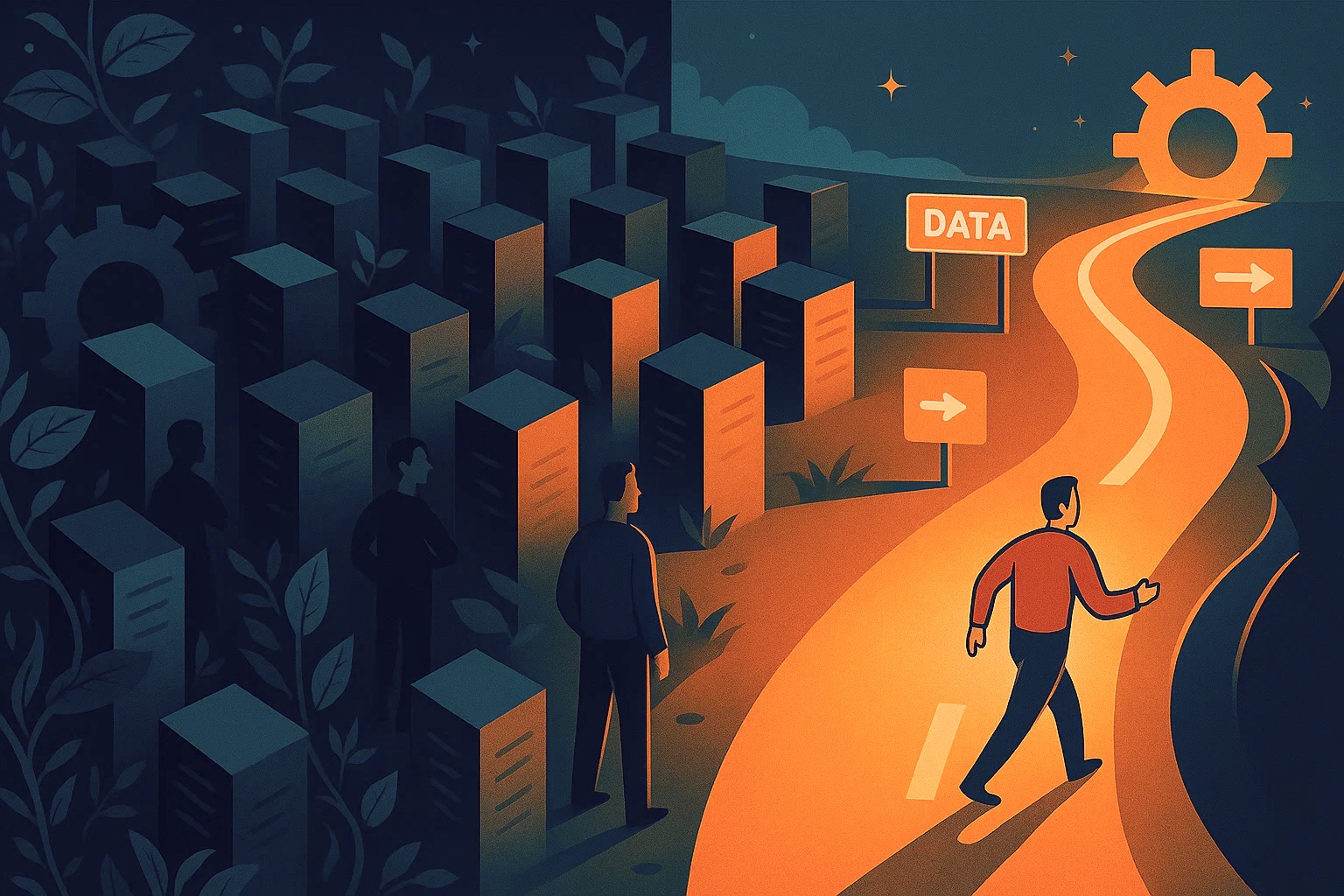©2025 Linkando GmbH

MarTech meets SalesTech - and it crunches: Playbooks bring structure to chaos
In today's B2B landscape, the boundaries between marketing and sales are becoming blurred. In principle, marketing and sales are different disciplines, but fueled by data, technology and the increasing demands of customers, an integrated process is increasingly developing. This poses challenges in day-to-day work.
When systems collide - typical pain points in companies
According to the State of the Connected Customer study by Salesforce, 75% of B2B buyers expect companies to provide them with consistent and personalized support across all touchpoints. In order to achieve this, many companies rely on the close integration of marketing and sales - data-driven and supported by tools.
But what sounds good on paper often fails in practice due to the organization itself.
Some examples:
- Unclear responsibilities: Who is ultimately responsible for sales - marketing, which generates the lead, or sales, which closes the deal?
- One tool, many perspectives: CRMs are used by both teams - but with different goals. What is a valuable campaign tag for marketers is often cryptic for salespeople - and vice versa.
- Uncoordinated communication: Marketing and sales talk to the same customers - but often with different voices and inconsistent messaging structures.
Tools alone do not solve the problem
Many companies are trying to solve the problem by using new tools: MarTech, sales enablement software, automation platforms. However, without defined processes and coordinated responsibilities, these tools tend to act as fire accelerants:
- There are more interfaces and more workflows that are not harmonized.
- Teams "optimize" their work in different systems - but not along a common process.
- New tools conceal the fact that there is no standardized go-to-market playbook.
The solution: first the playbook, then the tool
Before you introduce tools, you need clarity about:
- Who does what - and why?
- What does the ideal lead and deal flow look like?
- What information must be recorded when and how in which system?
A good sales playbook answers these questions. It is the prerequisite for setting up meaningful and scalable processes.
Linkando Sales Playbooks - structure for scaling sales
Linkando Sales Playbooks enable companies to define their go-to-market processes clearly, comprehensibly and across teams. Playbooks bring order to chaos, set standards and create a common understanding between marketing, sales and customer success.
Conclusion: With the right playbook, the interaction between marketing and sales works smoothly. More information at linkando.com/playbooks.




